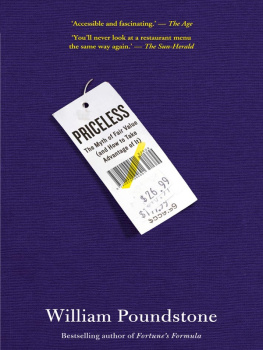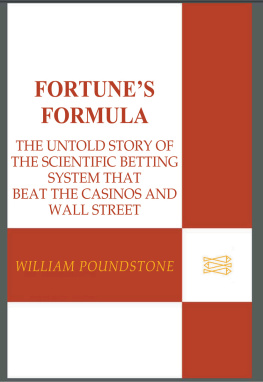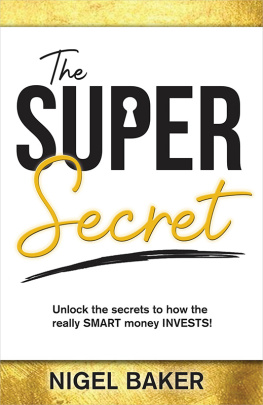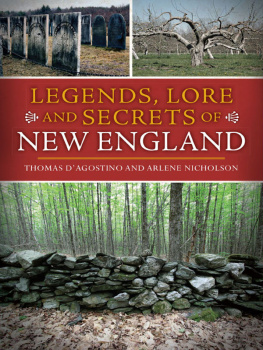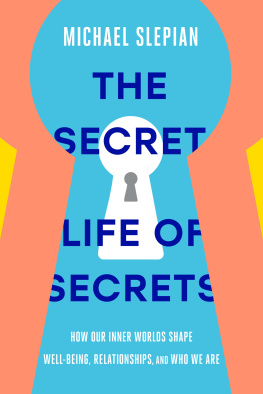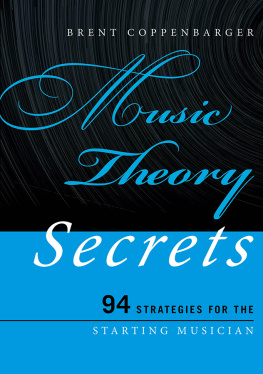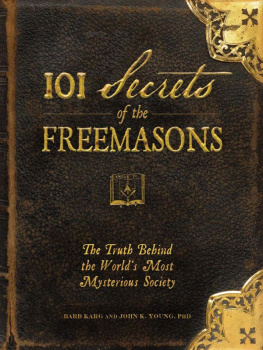William Poundstone
B IG S ECRETS
The Uncensored Truth
About All Sorts of Stuff
You Are Never
Supposed to Know

To Judith Schnerk
Contents
The subject matter of this book ought not to exist at all. This is a book about institutional secretsbig secrets, secrets that affect the masses. It may seem incredible that something like a club handshake or a franchised fried chicken recipe can remain a secret. Surely too many insiders know the secret (and might talk). Surely too many outsiders are exposed to the secret (and might surmise it). Yet, by and large, institutional secrets remain secrets.
No harm is done by most institutional secrets. But it is only natural to be curious about them. The best gossip, after all, is gossip somebody doesnt want you to hear. Would anyone other than a chemist care what is in Coca-Cola if the Coca-Cola Company were not so loath to discuss the ingredients? Would the reversed message in Pink Floyds The Wall be as intriguing if you could play it on an ordinary stereo? Would you puzzle over Doug Hennings magic if not for his smug assurance that you really dont want to know how it is done? Here, then, is a whole book about what people dont want you to know.
Few secrets are imponderable mysteries. The knack of doing a book such as this is to find out whom to talk to. I have been aided by all those who suggested topics or lines of research, directed me to friends of friends, revealed secrets, and provided advice and assistance. Thanks to Benton Arnovitz, Nicholas Bakalar, James S. Bradbury, Michael Chellel, Karon Corley, the staff of the Cornell University libraries, Paul Crouch, Jr., Mitch Douglas, Norman Farnsworth, Charles P. Grier, Cynthia Hayes, Luis Herrero, E. J. Kahn, Jr., Valerie Battle Kienzle, Gerry Kroll, Stuart C. Lernerand the staff of Associated Analytical Laboratories, James Mastroberti, Russell D. Meltzer, Cheryl Messemer, Julia F. Morton, Ric Myers, Gloria and Paul Pitzer, George A. Pollak, Stefan Rudolf and the staff of High Rise Sound, Daniel Schindler, Beverly Smith, Stewart Stogel, Barry Streims, Theresa Sullivan, and Rosalie Muller Wright.
And thanks especially to those who asked that their names not be mentioned.
P ART ONE
Going to Hell in a Shopping Basket
I ts really your parents fault. But how were they supposed to know that the Gee-Whiz ElectroShock Toilet Trainer wasnt the latest scientific development? Now youve got the cleanest apartment in town and a five-dollar-a-day Bon Ami habit. Youre on a first-name basis with E. coli And you know its a none-too-spic-n-span world out there, chock full of lax personal hygiene and shrimp somebody forgot to devein. Given the propensity of hairnets for finding their way into corn dogs, you probably like to know exactly whats in food before you eat it. Well, tough. The processed-food industry isnt a restaurant, and youll have to take what everyone else is eating. Food is not enough; most people want mystery. Secret recipes, secret sauces, secret spices. Millions of hearty eaters like postindustrial je ne sais quoi and are willing to pay for it. If theres a life beyond Dr Pepper, its as welcome at the Safeway as a wet cleanup in aisle nine. Mom was right: Dont play with your food; you never know where its been.
But how can big companies keep their secret recipes secret from the hundreds of employees who prepare the stuff? They cant. As the following pages demonstrate, the corporate grapevines have plenty to say.
Kentucky Fried Chicken
As far as anyone knows, Colonel Harland Sanders revealed his recipe for Kentucky Fried Chicken to just two living souls. One was his wife, Claudia. The other was Jack C. Massey, head of the three-man syndicate that purchased the Kentucky Fried Chicken Corporation from Sanders in 1964.
Apparently, none of the five thousand Kentucky Fried Chicken franchisees has ever been told the full recipe. New restaurant operators attend KFC University, a company-owned outlet in Louisville. There they are initiated into the special cooking method. They arent told what is in the seasoning mix, however. Franchisees must buy the seasonings premixed from the Kentucky Fried Chicken Corporation. Some outlets buy ten-ounce packets of seasonings that are to be mixed with twenty-five pounds of flour. Others buy a preseasoned coating mix that contains the flour.
No Platinum in There
Ever since the Kentucky Fried Chicken chain mushroomed in the mid-1960s, the secret recipe has been the object of speculation. Examination of the chicken shows that the coating is a thin, almost soggy layer (in the original recipe; there is also a spicycrispy version) adhering to the skin. The meat is notably moist, allegedly because of the special pressure-cooking process. There is little popular conviction as to what seasonings figure in the secret blend of eleven herbs and spices. The chicken is flavorful, but no herb or spice predominates. The New York Times quoted Sanders as maintaining that the herbs and spices stand on everybodys shelf.
The presumption that the seasonings in Kentucky Fried Chicken are in fact perfectly ordinary ones has long been a bone of contention between franchisees and Kentucky Fried Chicken management. Restaurateurs are charged a steep price for the seasoningsmore than any conceivable combination of herbs and spices ought to cost, say franchisees. In a 1976 book on McDonalds (Big Mac: The Unauthorized Story of McDonalds by Max Boas and Steven Chain), McDonalds founder Ray Kroc observed: Kentucky Fried Chicken licensees claimed that they were paying three to four to five times for the same herbs and for the same chicken, and that they could get it from Durkees or Kraft or any big company in the United States. And Kentucky Fried Chicken said, no, you couldnt because the formula was a secret. You know that was a lot of crap. Any laboratory can tell you whats in it. Theres no platinum in there. Theres no gold in there.
That there isnt platinum or eye of passenger pigeon in the mix is supported by the fact that the colonel occasionally whipped up the seasoning mixture impromptu. In Sanders autobiography, Life as I Have Known It Has Been Finger Lickin, Good, he tells of selling his first franchisee, Leon Pete Harmon, on the chicken. Sanders concocted a batch of the seasoning mix from the pantry of Harmons Salt Lake City restaurant.
Granting that all of the colonels seasonings could be found at any well-stocked A&P, the task of identifying them remains formidable. There are approximately forty herbs, spices, and other seasonings available in American supermarkets and gourmet stores. Of these, perhaps twenty or thirty are common enough to stand on everybodys shelf, figuratively speaking, and to have been in use at Sanders roadside cafe. The use of eleven different seasonings is not remarkable. The standard poultry seasoning of the food industry has ten herbs and spices: pepper, ginger, mace, allspice, cloves, marjoram, nutmeg, thyme, savory, and sage.
In 1974 Esquire magazine asked four food writers to try Kentucky Fried Chicken and offer their analyses. There was little consensus.
James Beard found the chicken well seasoned with salt; with less assurance, he thought he detected monosodium glutamate, cayenne pepper, and cinnamon. Roy Andries de Groot was reasonably sure of minuscule amounts of rosemary, savory, tarragon, thyme, pepper, turmeric, and cinnamon. He also noted salt, monosodium glutamate, tiny globules of what might be honey or brown sugar, and the faintest touch of both almond and mint. Waverly Root concluded that the chicken was dunked in some sort of batter containing flour, milk, and perhaps egg. Root was certain only of salt and pepper in the seasoning; he guessed that celery salt, caraway, chili powder, and/or horseradish might be present. James Villas doubted that any milk or egg was used in the coating and further doubted that there were eleven herbs and spices. He detected only cinnamon and cloves. Villas argued that the secret of Kentucky Fried Chicken is sugar: Real fried chicken is not sweet; this is. The sugar, he suspected, was added to the very light and very safe and very healthy cooking oil.


